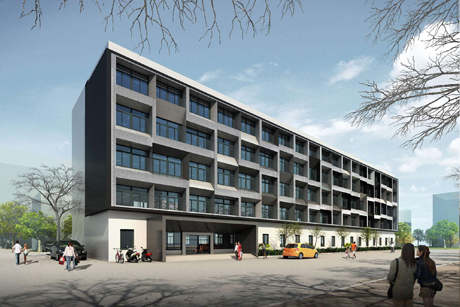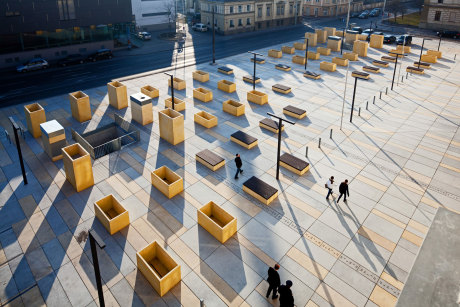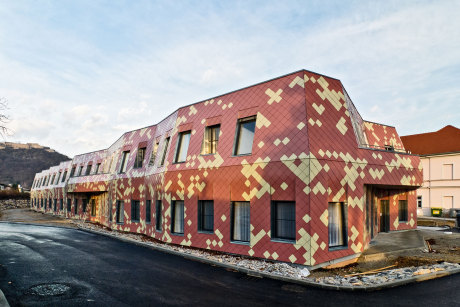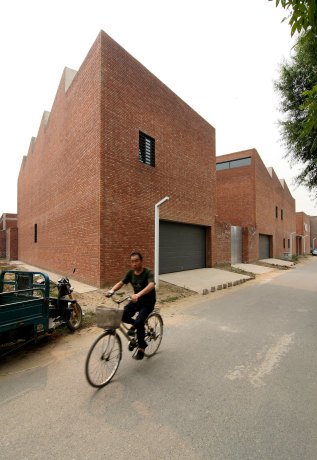KNOWSPACE architecture + cities BDA
Austrian Pavilion EXPO 2010
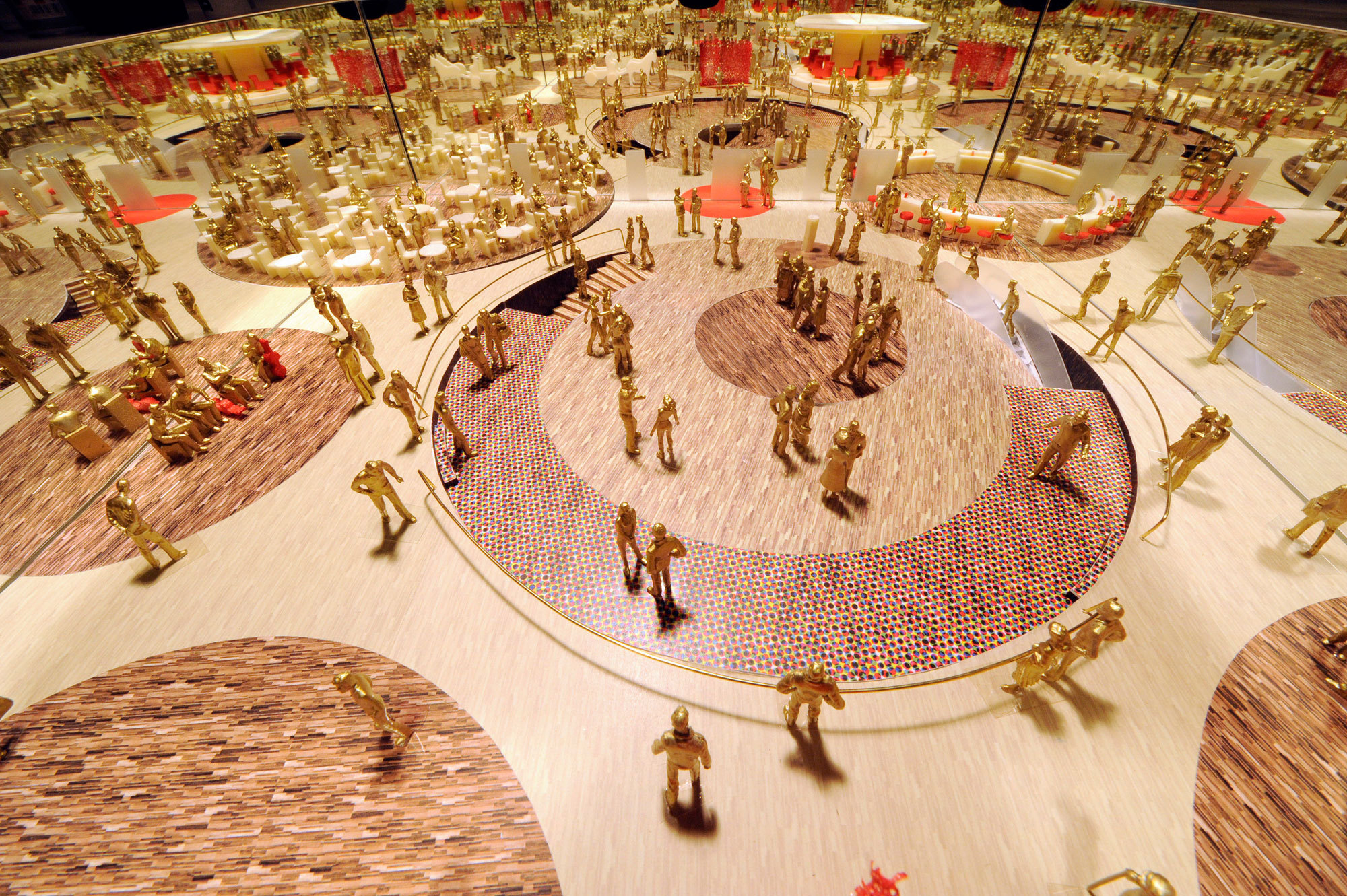
Photo: Roland Schlager
Shanghai / China
Architecture:
Erhard An-He Kinzelbach + Christian Kronaus
Project type:
2-phase EU general planning competition, finalist
Client:
Wirtschaftskammer Österreich
Consultants:
Markus Kuhlang (structure), Heiling/Herbst (MEP)
Area:
2.000 m2 GFA
Time:
2008-2009
The Viennese waltz as an Austrian regional specificity is the driving theme in the competition entry for the Austrian Expo pavilion in Shanghai. The waltz and its spatial setting in the Austrian pavilion serve as as an island of relaxation and recreation within the bustling and hectic environment of the World Expo. It is supposed to be a source for refreshment, a catalyst for communication and a stimulant. This production of a typical Austrian condition of „real virtuality“ (the co-existance of dream and reality) is chosen as the main topic for the architectural concept.
The central element of the project is the "infinite ballroom" on the beletage, that employs 4 fully-mirrored walls, as often used in historical examples in Viennese palaces and cafes alike or by Adolf Loos, to generate phenomenal infinity. The floor consists of a series of circles, half-circles and quarter-circles that can be used and programmed differently. The primitive of the circle and its 3-dimensional counterpart, the revolving cylinder are derived from the revolving movement of the Viennnese waltz.
The atmosphere in the interior of the infinite ballroom and its authenticity are mainly established by two additional elements. On the one hand, there is a contemporary interpretation of chandeliers that complement the circular stages and floors and in addition to lighting also hold acoustic, mechanical, ventilating functions. On the other hand, one of the 4 mirrored walls is made of special mirror foil and holds a back projection that can be programmed according to the specific athmospheric needs. When projecting, there is an additional superimposition of projected image space and mirrored virtual space.
Architecture:
Erhard An-He Kinzelbach + Christian Kronaus
Project type:
2-phase EU general planning competition, finalist
Client:
Wirtschaftskammer Österreich
Consultants:
Markus Kuhlang (structure), Heiling/Herbst (MEP)
Area:
2.000 m2 GFA
Time:
2008-2009
The Viennese waltz as an Austrian regional specificity is the driving theme in the competition entry for the Austrian Expo pavilion in Shanghai. The waltz and its spatial setting in the Austrian pavilion serve as as an island of relaxation and recreation within the bustling and hectic environment of the World Expo. It is supposed to be a source for refreshment, a catalyst for communication and a stimulant. This production of a typical Austrian condition of „real virtuality“ (the co-existance of dream and reality) is chosen as the main topic for the architectural concept.
The central element of the project is the "infinite ballroom" on the beletage, that employs 4 fully-mirrored walls, as often used in historical examples in Viennese palaces and cafes alike or by Adolf Loos, to generate phenomenal infinity. The floor consists of a series of circles, half-circles and quarter-circles that can be used and programmed differently. The primitive of the circle and its 3-dimensional counterpart, the revolving cylinder are derived from the revolving movement of the Viennnese waltz.
The atmosphere in the interior of the infinite ballroom and its authenticity are mainly established by two additional elements. On the one hand, there is a contemporary interpretation of chandeliers that complement the circular stages and floors and in addition to lighting also hold acoustic, mechanical, ventilating functions. On the other hand, one of the 4 mirrored walls is made of special mirror foil and holds a back projection that can be programmed according to the specific athmospheric needs. When projecting, there is an additional superimposition of projected image space and mirrored virtual space.







